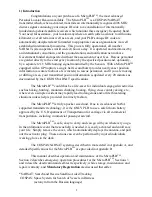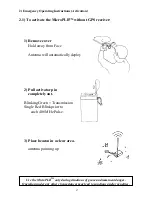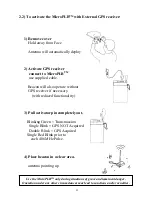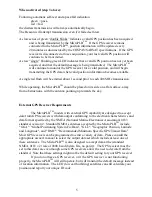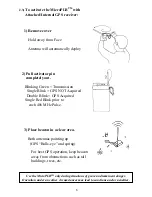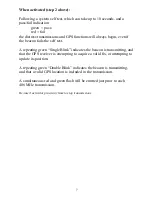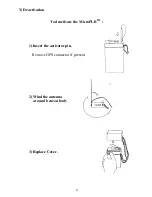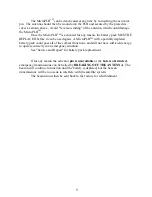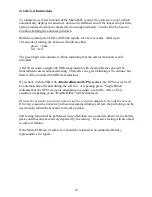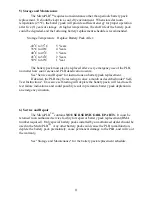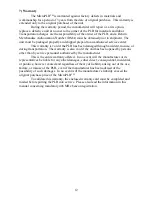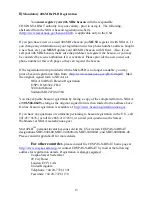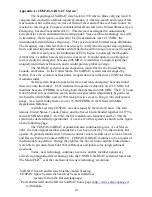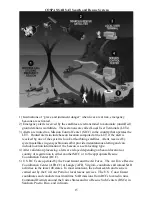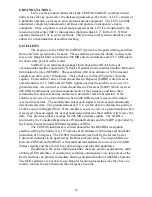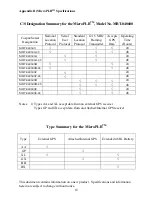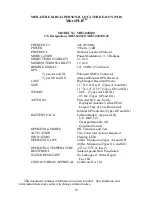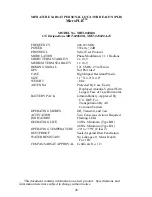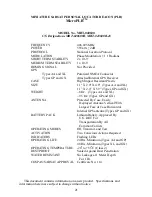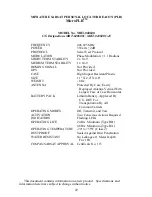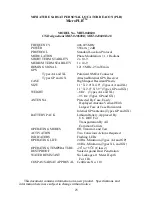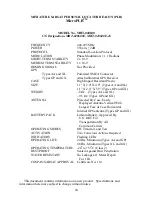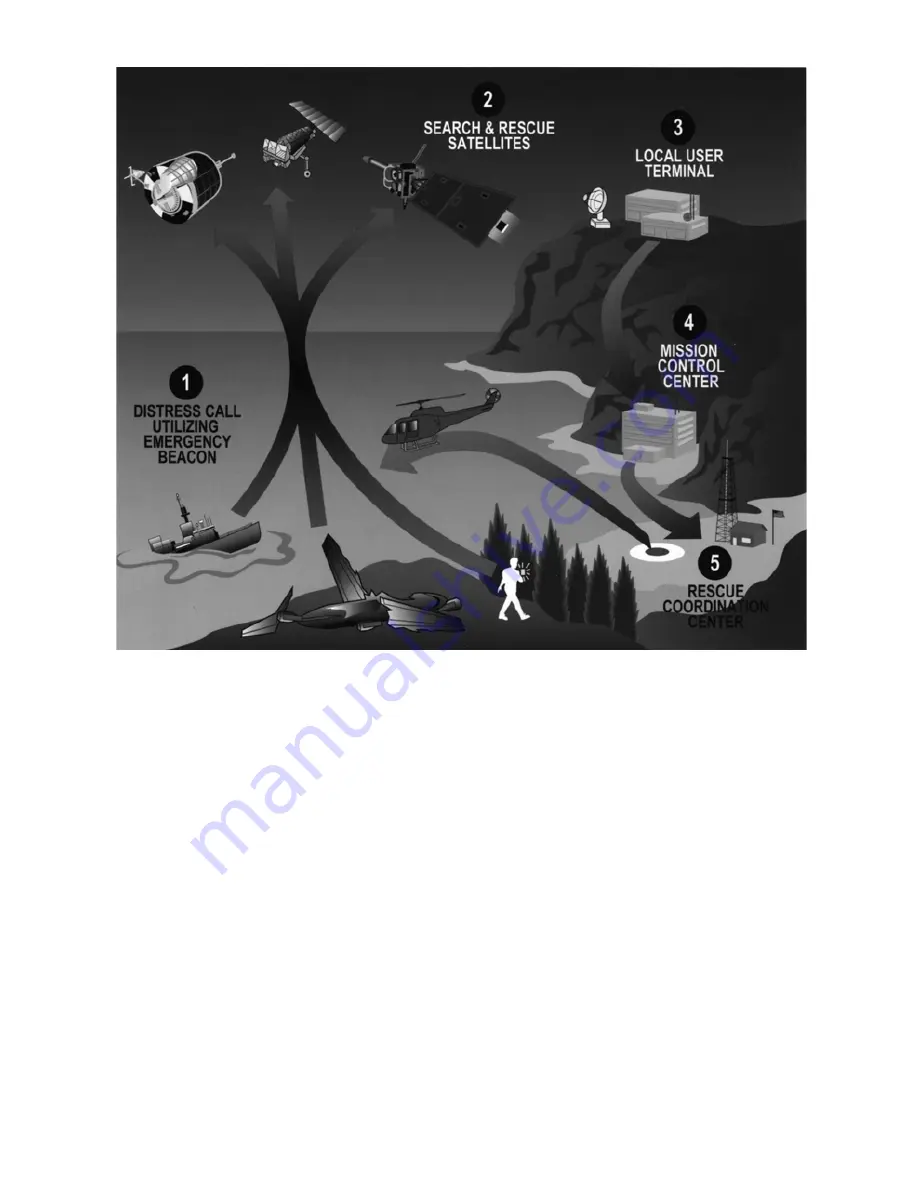
15
COSPAS/SARSAT Search and Rescue System
1) In situations of “grave and imminent danger” when lives are at risk, emergency
beacons are activated.
2) Emergency alerts received by the satellites are retransmited to automatic (unstaffed)
ground stations worldwide. These stations are called Local User Terminals (LUTs).
3) Alerts are routed to a Mission Control Center (MCC) in the country that operates the
LUT. Routed alerts include beacon location computed at the LUT if the alert is
received by one of the system’s low-Earth-orbiting satellites. Alerts received by
system satellites in geosynchronous orbit provide instantaneous alerting and can
include location information if the beacon is a self-locating type.
4) After validation processing, alerts are relayed depending on beacon location or
country of registration to either another MCC or to the appropriate Rescue
Coordination Center (RCC).
5) U.S. RCCs are operated by the Coast Guard and the Air Force. The Air Force Rescue
Coordination Center (AFRCC) at Langley AFB, Virginia, coordinates all inland SAR
activities in the lower 48 states. In most situations, the actual search and rescue is
carried out by the Civil Air Patrol or local rescue services. The U.S. Coast Guard
coordinates and conducts most maritime SAR missions from RCCs located in nine
Command Districts around the Unites States and two Rescue Sub-Centers (RSCs) in
SanJuan, Puerto Rico, and in Guam.

